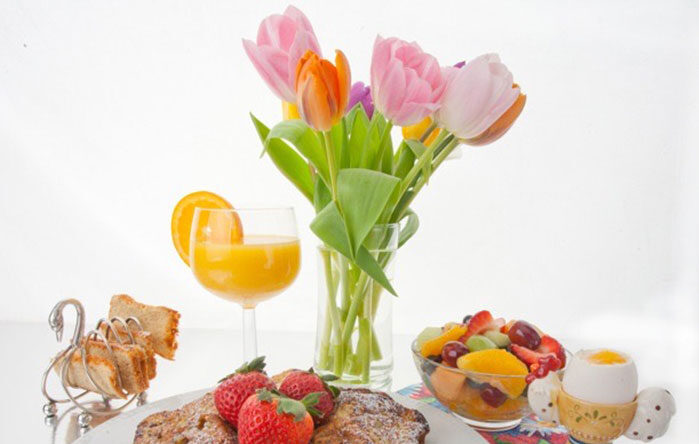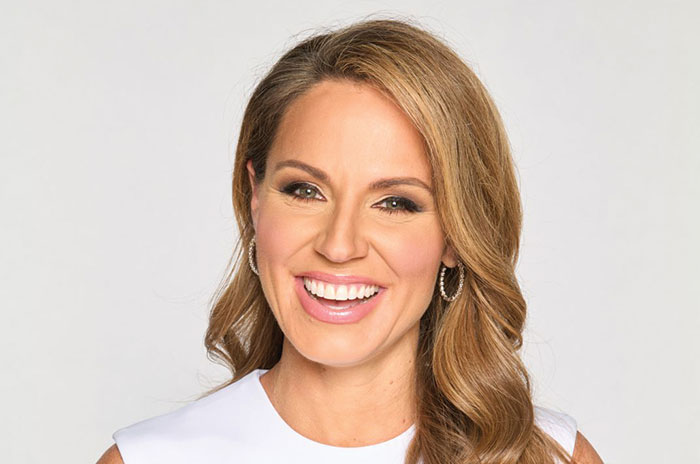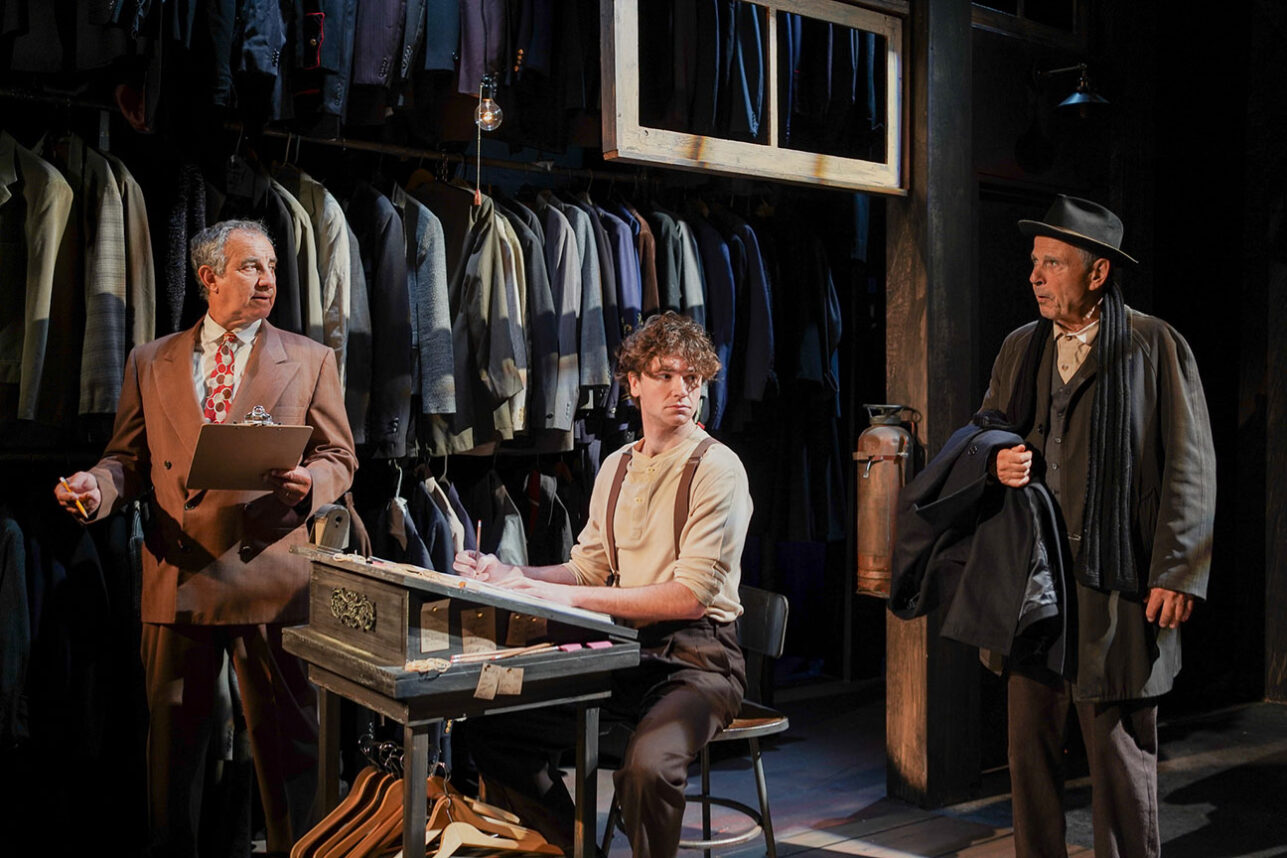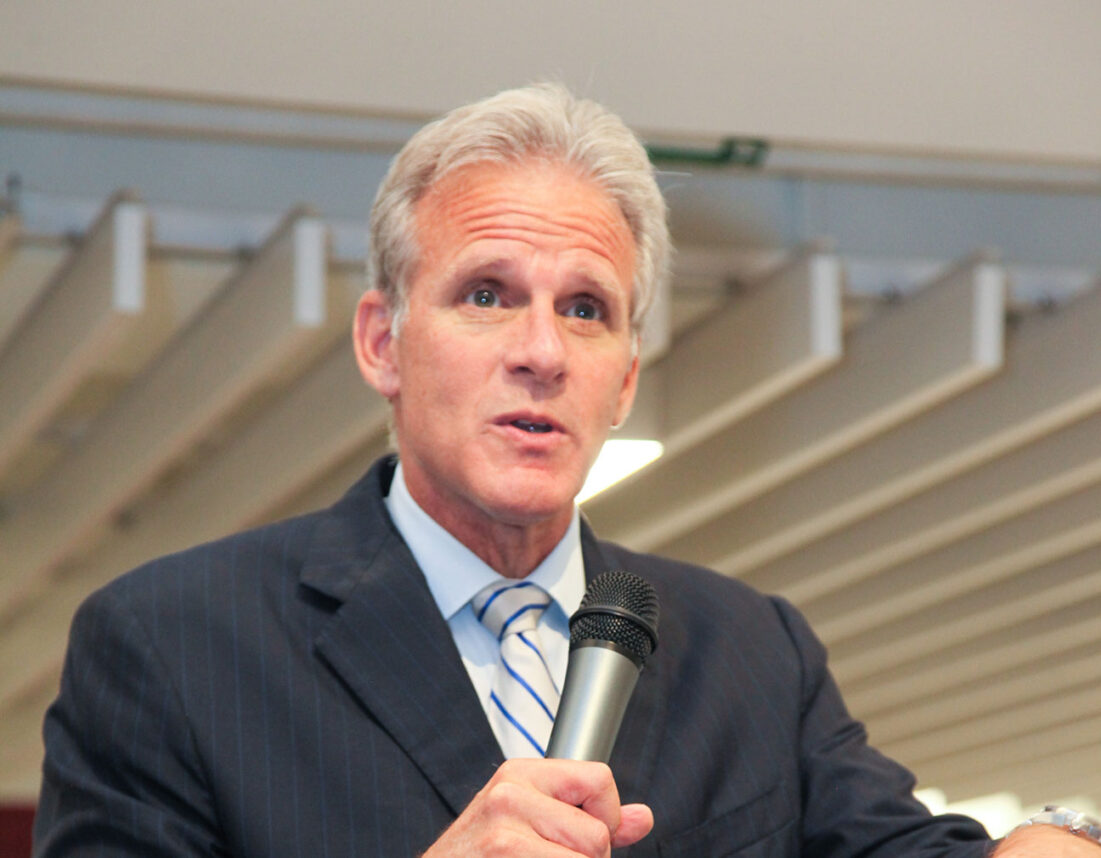Almost everything about The Wall Project screams brilliant.
On the south side of Wilshire Blvd. and Ogden St., across from the Los Angeles County Museum of Art, cranes have placed eight segments from the original Berlin Wall. The 40 by 10 foot section of wall is the largest displayed outside of Berlin, where the entire wall divided Communist East Berlin from democratic West Berlin for 28 years.
The Culver City-based Wende Museum of the Cold War launched The Wall Project to commemorate the 20th anniversary of the fall of the Berlin Wall, on November 9, 1989.
From the Wende Museum’s press release:
Wilshire Blvd. will close at 10pm for the installation of a concert stage and an 40’ by 10’ wall of art that was painted by dozens of L.A. artists as an homage to the original Berlin Wall. Contributing artists include SHEPARD FAIREY and original Berlin Wall artist THIERRY NOIR. Festivities begin at 11pm with films, recorded music, and meetings with the artists in front of their wall panels. At 11:30pm, dignitaries and special guests will be introduced followed by a live performance by legendary German chanteuse UTE LEMPER. At midnight, the Mayor of Berlin, KLAUS WOWEREIT, will deliver a delayed big screen message from Berlin and a large section of the 80’ art wall will be ceremonially torn down. Festivities close with an encore performance by Ute Lemper.
The event is FREE and being presented by THE WENDE MUSEUM AND ARCHIVE OF THE COLD WAR in Culver City, which houses one of the largest collections of Eastern European Cold War art and artifacts in the world.
I drove to visit the wall section yesterday, parked my car on Ogden and walked out to the wall, which looks puny at the foot of a massive white hi-rise. Chilling, to think how many people and nations were held captive by this load of concrete. On my tiptoes I could reach up and almost touch the very top.
The Wall became a medium for some of the most powerful street art ever made, beginning when Berlin artist Thierry Noir had the audacity to enoble the barrier with his bright colors. Wende executive director Justinian Jampol had the brilliant idea of bringing Noir to the festivities, along with Shepard Fairey, the artist who created (yes, off an AP photo) Obama’s iconic “HOPE” poster. Both men will paint a symbolic wall across Wilshire Blvd. on Nov. 9 to demonstrate the cruel reality of life behind a barrier.
Fairey told The Los Angeles Times blogger Diane Haithman he will use the opportuinity to draw parallels between the Berlin wall, the U.S. Mexico border, and “The Wall of Palestinine:”
In my exclusive story in today’s Calendar section on the Wall Project—an ambitious effort spearheaded by the Wende Museum of the Cold War that calls for erecting a symbolic Berlin Wall across busy Wilshire Boulevard in November, on the 20th anniversary of the fall of the real wall in Berlin—it was revealed that Los Angeles artists Shepard Fairey (above with his iconic “Hope” poster for Barack Obama) and Kent Twitchell, along with Berlin-based Frenchman Thierry Noir, will be the key artists lending their work to the project. In fact, all three will do at least some of their painting on panels that will become part of the Wall Project in public spaces, where passers-by can watch the process.
As mentioned in the story, muralist Twitchell (recently in the news because of his 100-foot-tall mural of the late Michael Jackson, which was never mounted in an outdoor public space) plans to create portraits of Presidents John F. Kennedy and Ronald Reagan, the presidents leading the country, respectively, when the wall rose and when it fell. In recent weeks, Twitchell has been combing through the archives of the Ronald Reagan Presidential Foundation and Library in Simi Valley for photos to inspire his work. “I think I’ve found the ones I want,” he said. “Kennedy looks so young, and Reagan looks so old—when I put them side to side, they almost look like father and son.” (*Update: An earlier version of this report incorrectly referred to John F. Kennedy as Robert F. Kennedy)
In a conversation this morning Fairey also offered some of this plans. Although not wanting…
to be specific—“I don’t want to metaphorically or literally paint myself into a corner,” he joked—Fairey says he is most likely going to make an “antiwar, anti-containment piece” that makes a parallel to the Wall of Palestine.
“My feeling is that of course it’s a very complicated situation, but I’m a believer that you can’t punish the many for the crimes of the few,” Fairey says.“I believe in [former President Jimmy] Carter’s assessment that there is an apartheid situation there.”
He said the piece will not be deliberately inflammatory but, he trusts, provocative.
By the Wall of Palestine, Fairey means the controversial barrier that Israel began constructing in 1994 to separate itself from the West Bank. There are many good and some not-so-good things about the Separation barrier, which in some places is a solid wall and in others a high-security fence. But to compare it head on to the Berlin Wall does a gross injustice to Israel, to Berliners who survived the Wall, and to Truth, which Art is supposed to serve.
Our reporter contacted Jampol for an interview about this, and Jampol responded through his PR rep with this statement:
“There are over thirty artists involved in The Wall Project, which provides a canvas for diverse voices and opinions about physical and psychological walls. For nearly every position, there is an artist who takes the other side. My own biography includes a complicated relationship with the Berlin Wall. My grandparents are Jewish Americans who fought the Nazis and believed strongly that Germany should remain divided and that the Wall should stay intact. On November 8, I will oversee the 20th anniversary commemorations of the fall of the Berlin Wall.”
Writing in The Nation, Jon Wiener correctly predicted facile comparisons between Walls would upset conservatives. He wrote:
In an interview with the LA Times, Fairey said his painting on the wall in L.A. would be an “antiwar, anti-containment piece” that “makes a parallel to the Wall of Palestine.”
Thierry Noir told the Times that his painting would draw an analogy between the Berlin Wall and the border wall between the US and Mexico – the point being, he said, that “every wall is not built forever.”
Maybe Fairey and Noir mean that the Israeli wall and the US border wall should come down, the way the Berlin Wall did, and allow free movement—of Palestinians into Israel, and of Mexicans into the US.
And maybe they mean more than that. The Berlin Wall prevented victims of Stalinism from reaching freedom in the West; Fairey’s point seems to be that the Israeli wall prevents victims of Zionism from exercising their right of return to their historic homes in Palestine.
Thierry Noir’s point seems to be that the US border wall, like the Berlin Wall, divides one country into two: what was once all-Mexican territory in California and the Southwest. And, like divided Germany, the two sides of the Mexican border—“Aztlan”—should be, and perhaps will be, re-united some day.
An undivided Palestine; an undivided Aztlan: these meanings found in the Berlin Wall commemoration are likely to drive conservatives into a wild rage. First Amendment defenders of course will invoke the freedom of the artist. A fight over the meaning of freedom: what better way to celebrate the anniversary of the fall of the Berlin Wall?
I don’t know if there will be an artist who will “take the other side” of Fairey’s parallel between the Berlin Wall and the Separation Barrier—after all, Jampol said “nearly” every position will have its counterpoint—so permit me to give 10 reasons why one is not like the other. Feel free to print, clip and distribute this at the event—which I look forward to attending. It really is a brilliant idea.
TOP TEN REASONS THIS WALL IS NOT THAT WALL
1. Israel built the wall to keep Palestinian terrorists from killing soldiers and civilians. If there were no terror attacks, there would be no barrier. The murder of an Israeli teenage girl in 1992 first prompted leaders to call for the barrier. The Berlin Wall was built by the Soviet Union not to keep terrorists out of East Berlin, but to keep civilians in.
2. Prime Minister Yitzhak Rabin wanted the Wall to preserve a Jewish majority in a Jewish state established by the international community in 1948. He knew that majority would be threatened by Israel’s annexation of the West Bank and Gaza, which those to the right of Rabin proposed. “We do not want a majority of the Jewish residents of the state of Israel, 98% of whom live within the borders of sovereign Israel, including a united Jerusalem, to be subject to terrorism,” he said. Berlin’s Wall was built to keep East Berliners subject to a dictatorial ideology against their will.
3. The route of the barrier has been subject to frequent rulings by the Israeli Supreme Court to mitigate the hardship it poses to Palestinians. The people who built the Berlin Wall didn’t give a crap about the hardships it imposed.
4. The security barrier has greatly decreased terror attacks in Israel, allowing Israel’s Jews and Arabs to live with greater security and prosperity, and reducing the Israeli army’s need for actions against Palestinians. The barrier has saved lives on both sides of the conflict. The Berlin Wall led directly to the death of some 200 people who tried to escape.
5. Many Palestinians have come to appreciate the security of the barrier. East Berliners were never big fans of the Wall. From Wikipedia:
In June 2004, The Washington Times[42] reported that the reduced Israeli military incursions in Jenin have prompted efforts to rebuild damaged streets and buildings and a gradual return to a semblance of normality, and in a letter[43] dated October 25, 2004, from the Israeli mission to Kofi Annan, Israel’s government pointed out that a number of restrictions east of the barrier have been lifted as a result of it, including a reduction in checkpoints from 71 to 47 and roadblocks from 197 to 111. The Jerusalem Post reports that, for some Palestinians who are Israeli citizens living in the Israeli Arab town of Umm el-Fahm (population 42,000) near Jenin, the barrier has “significantly improved their lives” because, on one hand, it prevents would-be thieves or terrorists from coming to their town and, on the other hand, has increased the flow of customers from other parts of Israel who would normally have patronised Palestinian business in the West Bank, resulting in an economic boom. The report states that the downsides are that the barrier has divided families in half and “damaged Israeli Arabs’ solidarity with the Palestinians living on the other side of the Green Line”.[44]
A UN report released in August 2005 observed that the existence of the barrier “replaced the need for closures: movement within the northern West Bank, for example, is less restrictive where the Barrier has been constructed. Physical obstacles have also been removed in Ramallah and Jerusalem governorates where the Barrier is under construction.” The report notes that more freedom of movement in rural areas may ease Palestinian access to hospitals and schools, but also notes that restrictions on movement between urban population centers have not significantly changed.[45]
6.Israelis would prefer NOT to have the barrier. The Soviets loved their Wall.
Israelis would prefer safe, free travel between Israel and the West Bank in both directions. They recognize the tremendous hardships it places on the Palestinians. They understand it can be used by the political echelons for land appropriations. They understand the cost Palestinians pay in health and economic development by being behind the barrier. But they also know a wall can be talken down when a political settlement agreeable to both sides is in place. “Walls can be torn down and land and rights can be restored,” one Israeli diplomat told me. “But you can’t replace lives lost to terror.”
7. The Berlin Wall stood for 28 years. The Israeli occupation of the West Bank is in its 41st year. Okay, you got me there.
8. Israel on the 1967 border side of the Separation Barrier is a free society, where dissent thrives, and artists like Fairey can say what they want. East Berlin was a totalitarian police state.
Israel isn’t perfect, but Tel Aviv is more like Berlin than any other city I can think of. If you had to be a gay Arab male anywhere in the Middle East, you’d want to be in Tel Aviv. As for the other side of the fence, as Thomas Friedman has reported, under the leadership of Mahmous Abbas and Salam Fayyed, Palestinians are on a path toward economic development and cooperation with Israel that will speed them toward a stable and economically viable state—as long as they can control their radicals.
9. Israel’s Right originally opposed the Separation Barrier. The Soviet hardliners loved the Berlin Wall.
Israel’s rightists saw it as a de facto cutting up of the Land of Israel, which they believe they must take over. The Left saw the barrier as a way to signify that Israel must not control territory that should be part of a Palestinian state.
10. In a future Palestinian State, Palestinians could live free, secure and economically viable lives, even with the Separation Barrier in place. East Berliners could never be free behind their wall.
The majority of Israelis do not want to control the territories or annex them. There has long been support in Israel for a two state solution with a trustworthy Palestinian partner. Yes not every Israeli government has pursued negotiations in good faith, but the Palestinians, under Yasser Arafat and under Hamas, have given Israel little reason to be trusting. If Abbas and Fayyed can enter negotiations with no preconditions and bring their countrymen along, they will find the Israeli people will be the first to take their hammers to that barrier.
More pics of The Wall Project:






















 More news and opinions than at a Shabbat dinner, right in your inbox.
More news and opinions than at a Shabbat dinner, right in your inbox.